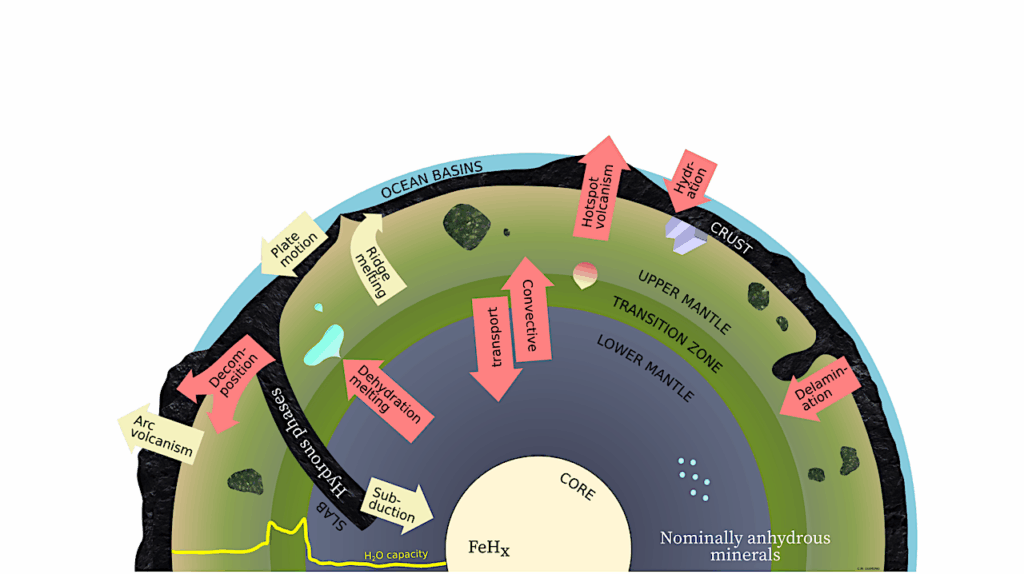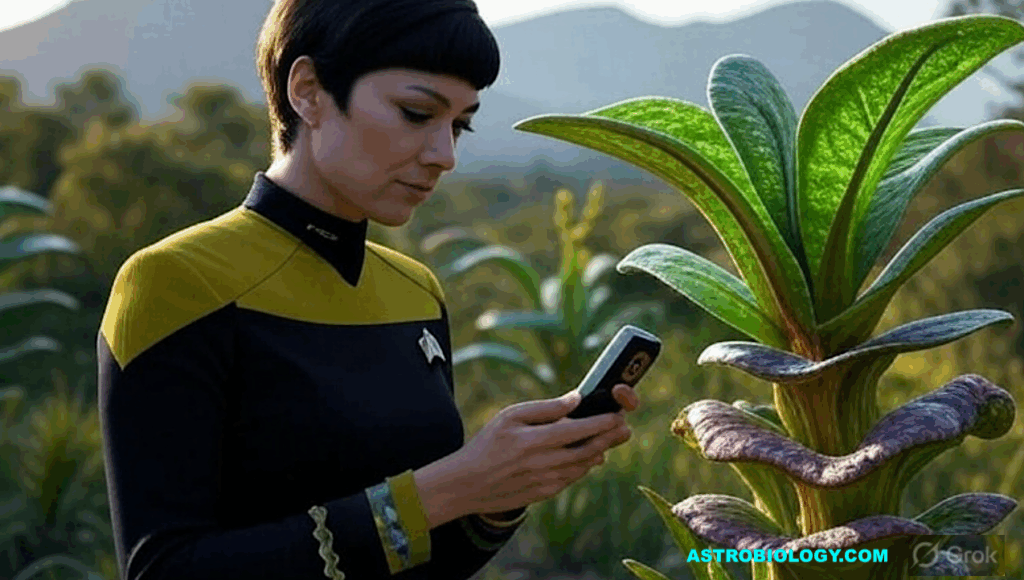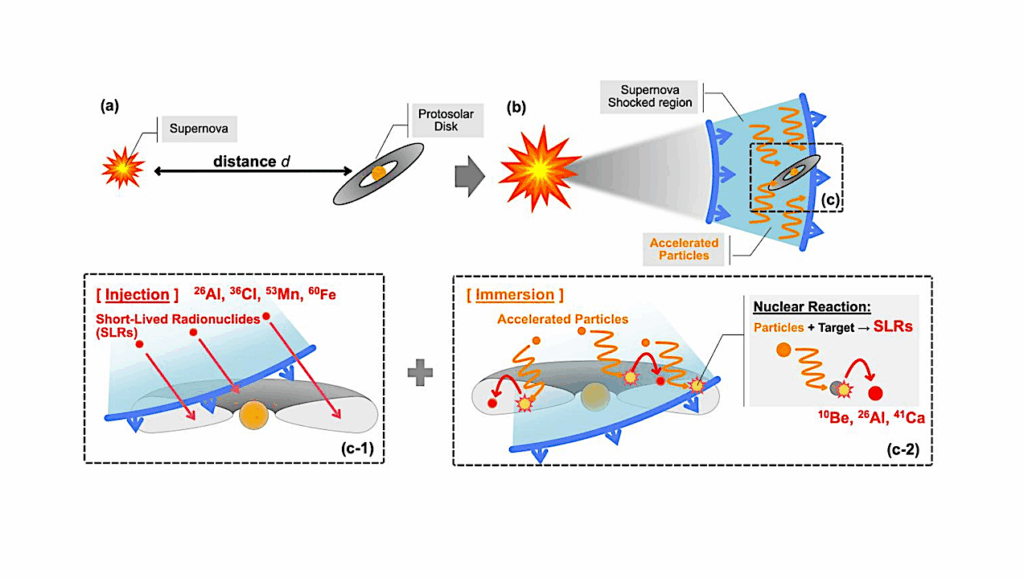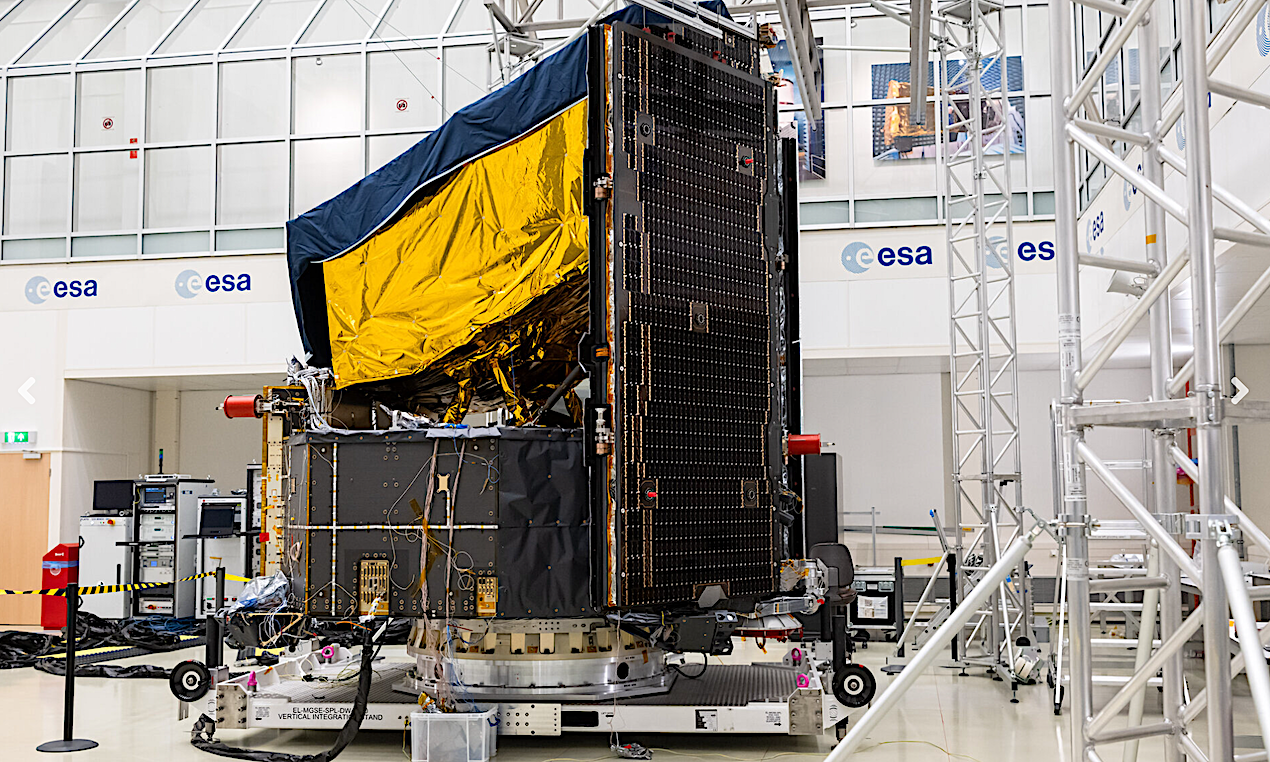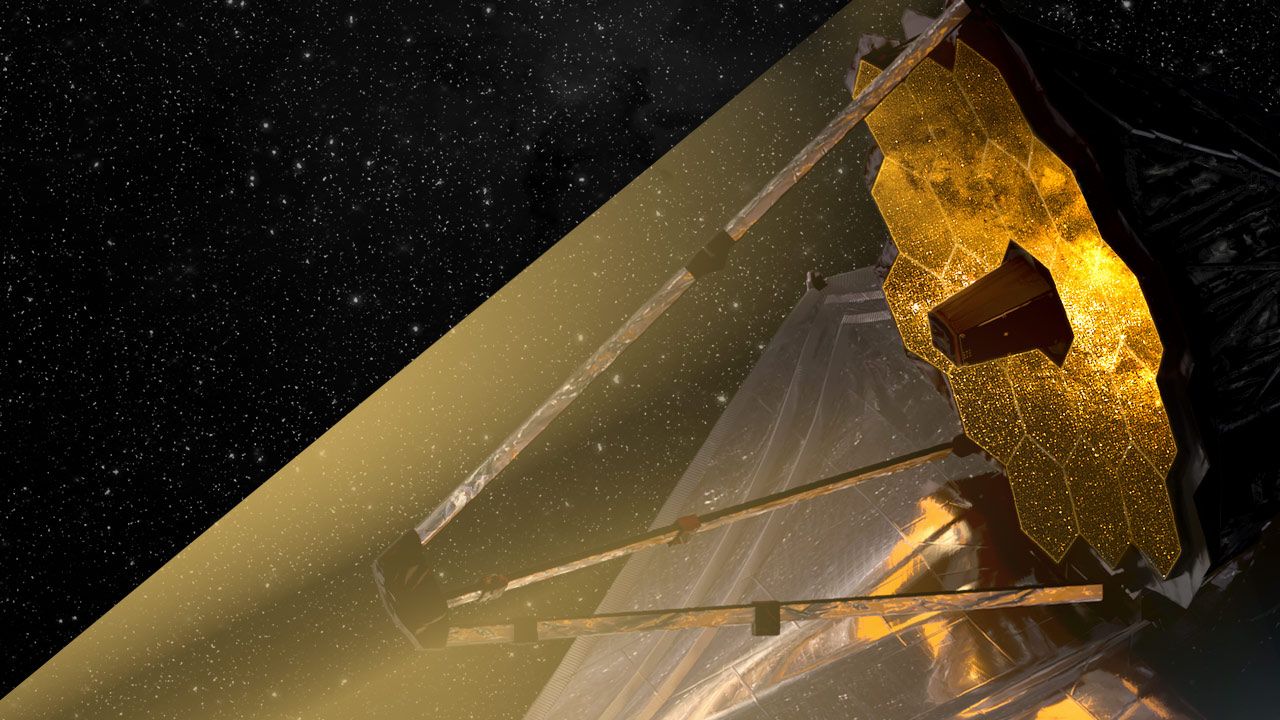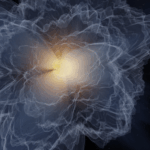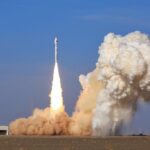Now Reading: Sub-Neptune Exoplanet K2-18b Does Not Meet the Standards Of Evidence For Life
-
01
Sub-Neptune Exoplanet K2-18b Does Not Meet the Standards Of Evidence For Life
Sub-Neptune Exoplanet K2-18b Does Not Meet the Standards Of Evidence For Life
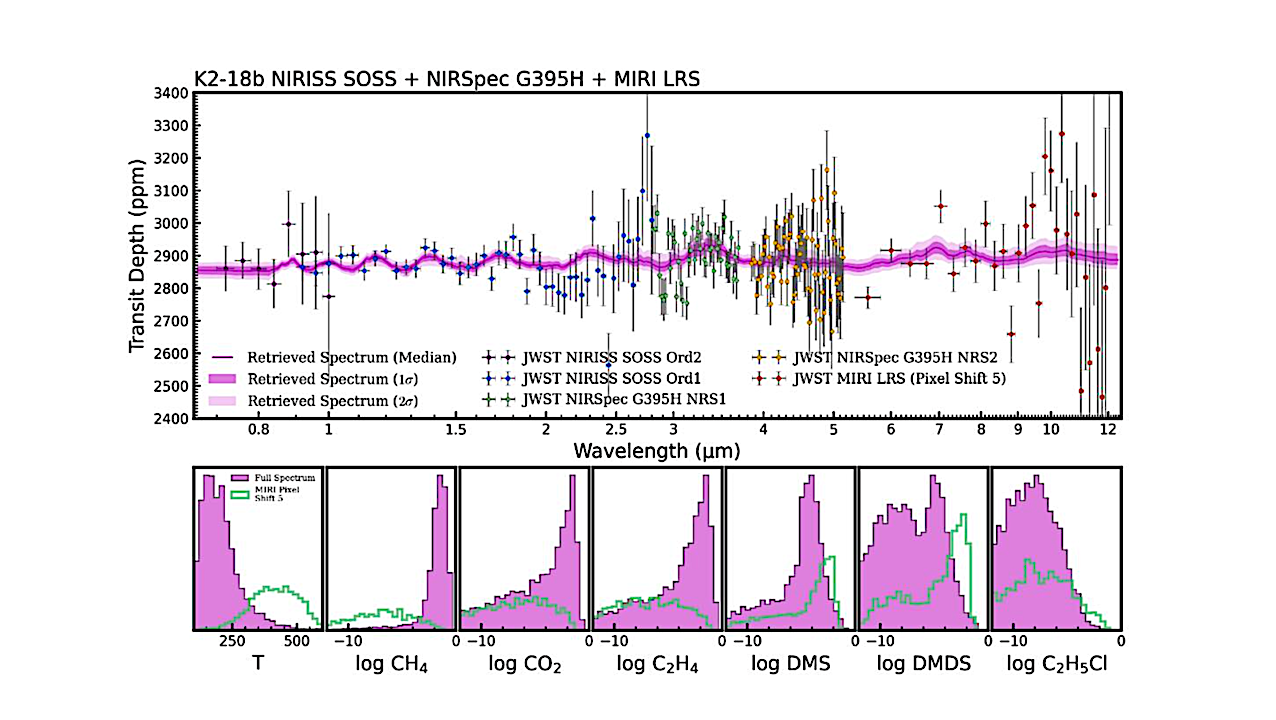

Retrieval results on the full spectrum for three difference MIRI pixel shifts. The top panel shows the transit spectrum with the median retrieved spectral model and representative 1σ and 2σ credibility envelopes. The lower subpanels show the inferred 1D marginalized posterior distributions for the isothermal temperature (T), CH4, CO2, C2H4, DMS, DMDS, and C2H5Cl. — The Astronomical Journal
K2-18b, a temperate sub-Neptune, has garnered significant attention due to claims of possible biosignatures in its atmosphere. Low-confidence detections of dimethyl sulfide (DMS) and/or dimethyl disulfide (DMDS) have sparked considerable debate, primarily around arguments that their absorption features are not uniquely identifiable.
Here, we consider all five questions from the astrobiology standards of evidence framework, starting with the following: Have we detected an authentic signal? To answer this, we analyzed publicly available JWST observations of K2-18b using independent data reduction and spectral retrieval methodologies.
Our comprehensive set of reductions demonstrates that the MIRI transit spectrum is highly susceptible to unresolved instrumental systematics. Applying different wavelength binning schemes yields a potpourri of planet spectra that then lead to a wide assortment of atmospheric interpretations. Consequently, we offer recommendations to help minimize this previously underappreciated instrument systematic in future MIRI reductions of any exoplanet.
While the MIRI binning scheme adopted by N. Madhusudhan et al. (2025) favors the presence of DMS/DMDS in K2-18b, we find that 87.5% of retrievals using our preferred MIRI binning scheme do not. When considering the full 0.7–12 μm transit spectrum, we confirm the detection of CH4 and favor CO2 and find the presence of DMS and C2H4 to be interchangeable.
Moreover, we find that the tentative presence of large features in the MIRI transit spectrum is in tension with the more robust, yet smaller, features observed in the near-IR. We conclude that red noise—rather than an astrophysical signal—plagues the mid-IR data, and there is, as yet, no statistically significant evidence for biosignatures in the atmosphere of K2-18b.
K2-18b Does Not Meet the Standards of Evidence for Life, The Astronomical Journal (open access)
Astrobiology, Astrochemistry,
Stay Informed With the Latest & Most Important News
Previous Post
Next Post
-
 012024 in Review: Highlights from NASA in Silicon Valley
012024 in Review: Highlights from NASA in Silicon Valley -
 02Panasonic Leica Summilux DG 15mm f/1.7 ASPH review
02Panasonic Leica Summilux DG 15mm f/1.7 ASPH review -
 03From Polymerization-Enabled Folding and Assembly to Chemical Evolution: Key Processes for Emergence of Functional Polymers in the Origin of Life
03From Polymerization-Enabled Folding and Assembly to Chemical Evolution: Key Processes for Emergence of Functional Polymers in the Origin of Life -
 04How New NASA, India Earth Satellite NISAR Will See Earth
04How New NASA, India Earth Satellite NISAR Will See Earth -
 05And Thus Begins A New Year For Life On Earth
05And Thus Begins A New Year For Life On Earth -
 06Astronomy Activation Ambassadors: A New Era
06Astronomy Activation Ambassadors: A New Era -
07SpaceX launch surge helps set new global launch record in 2024













